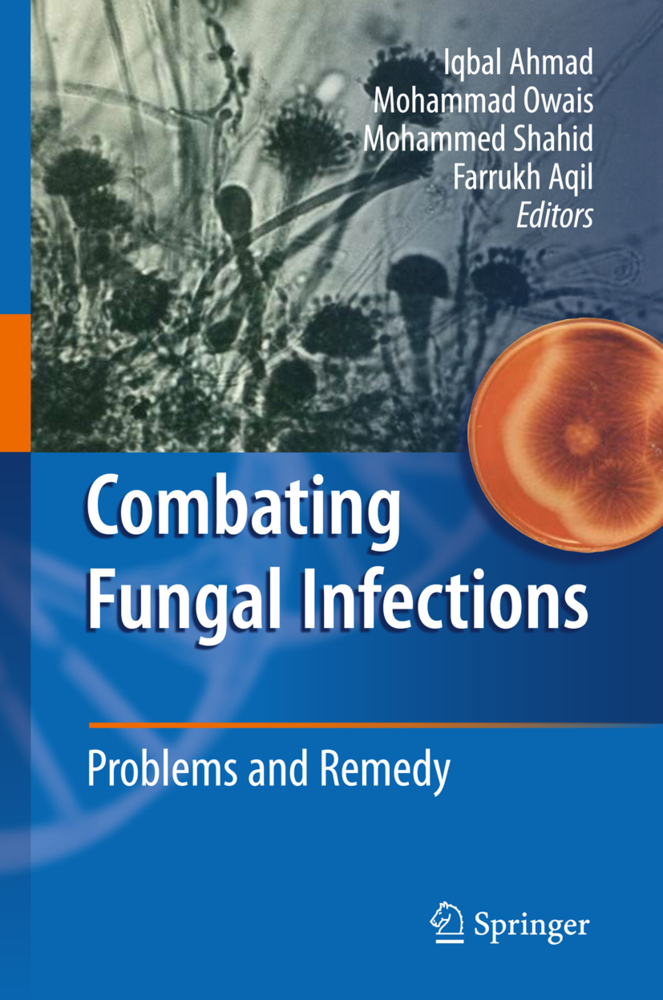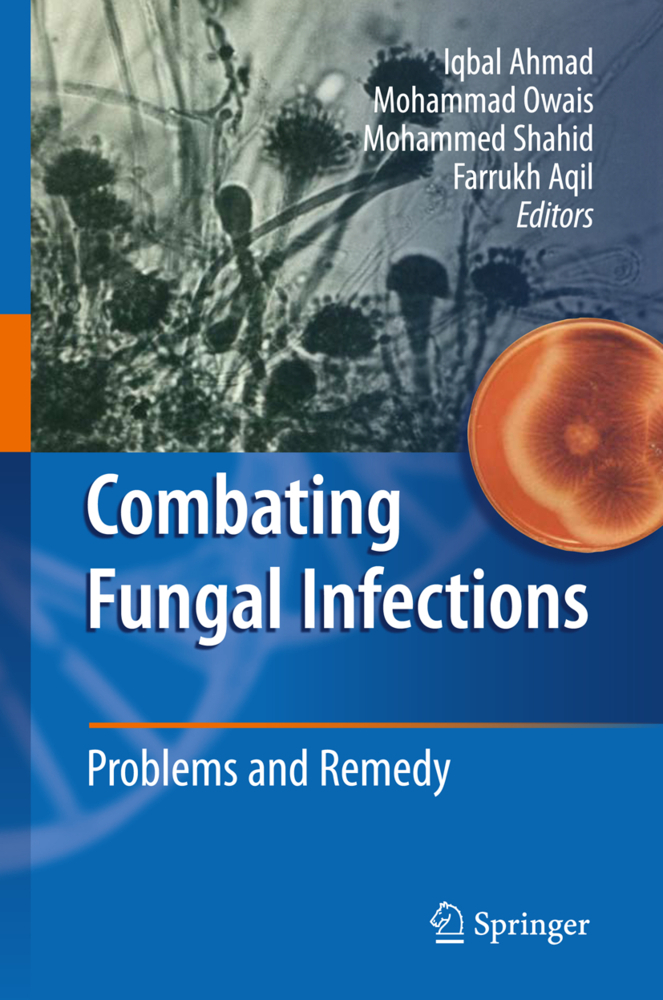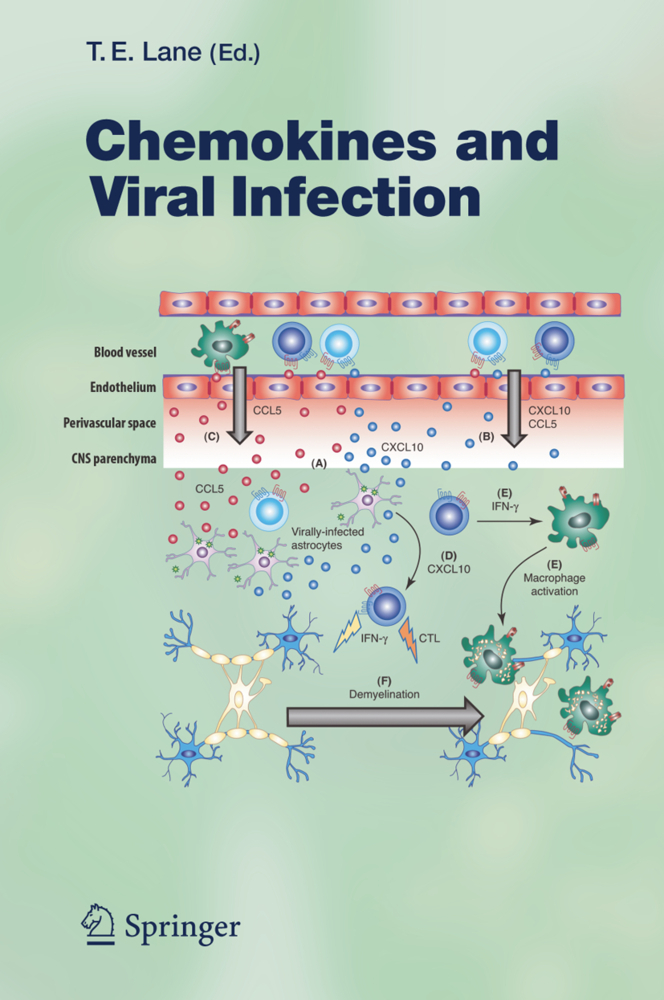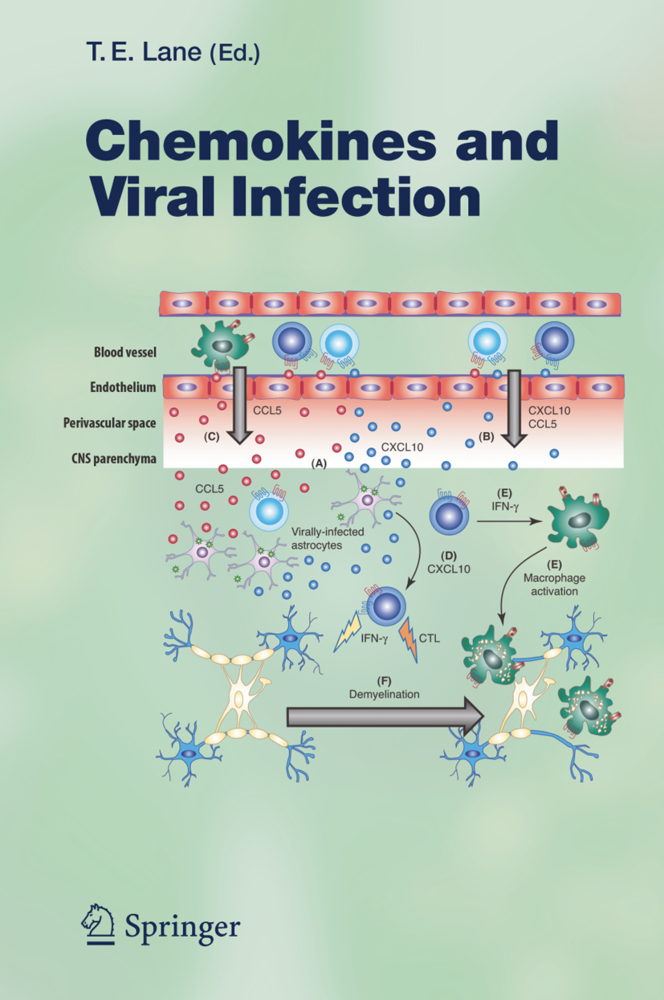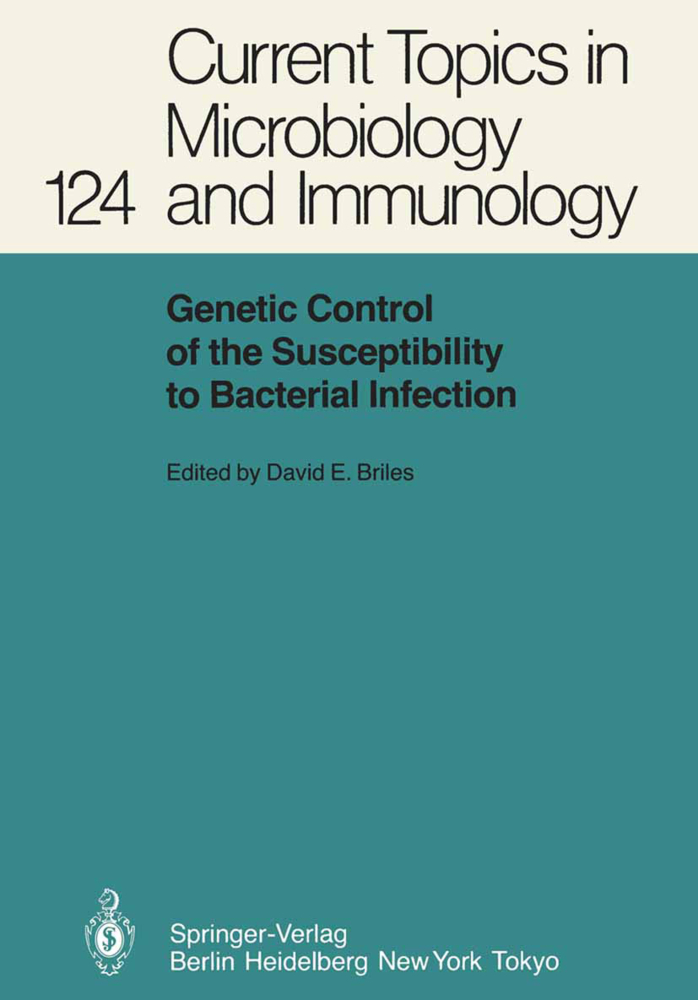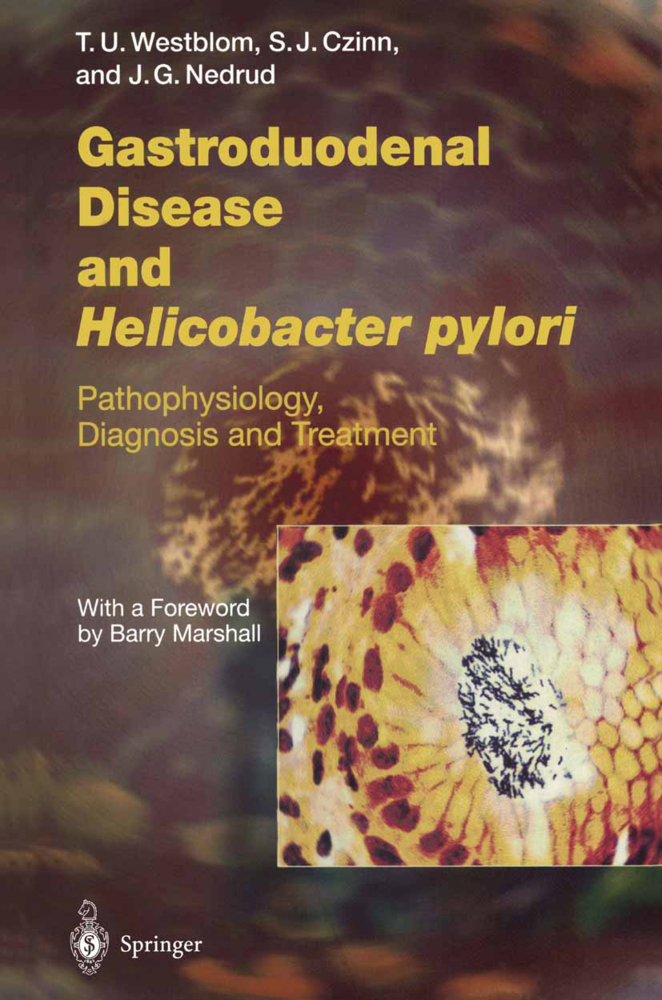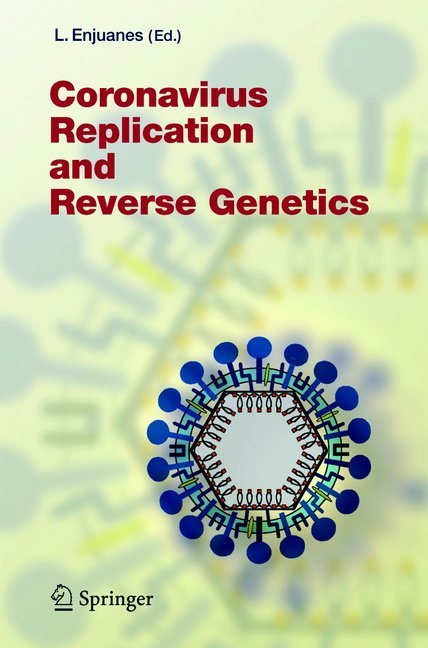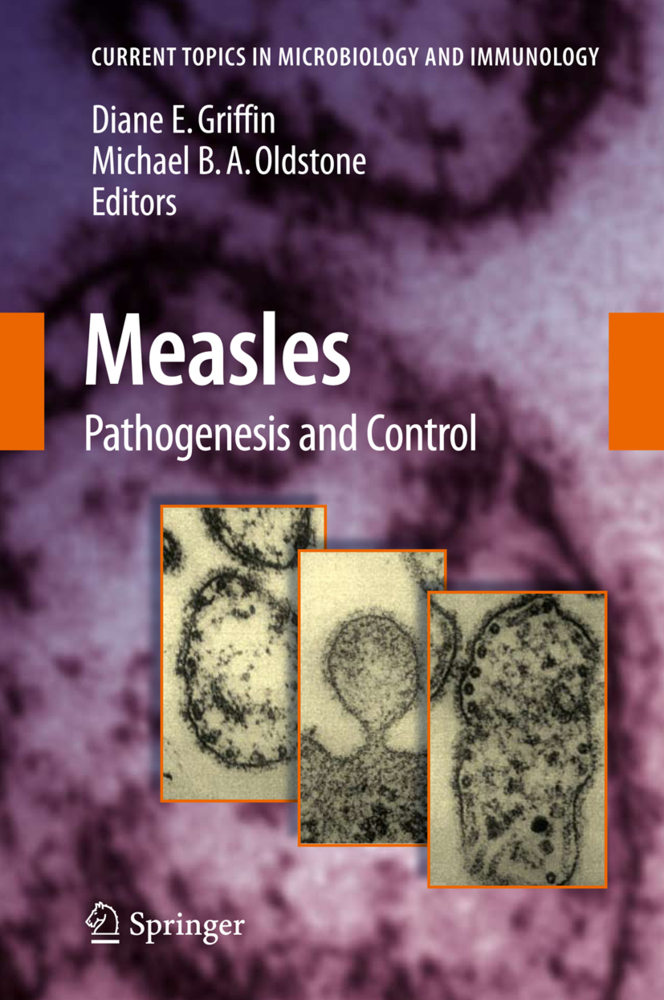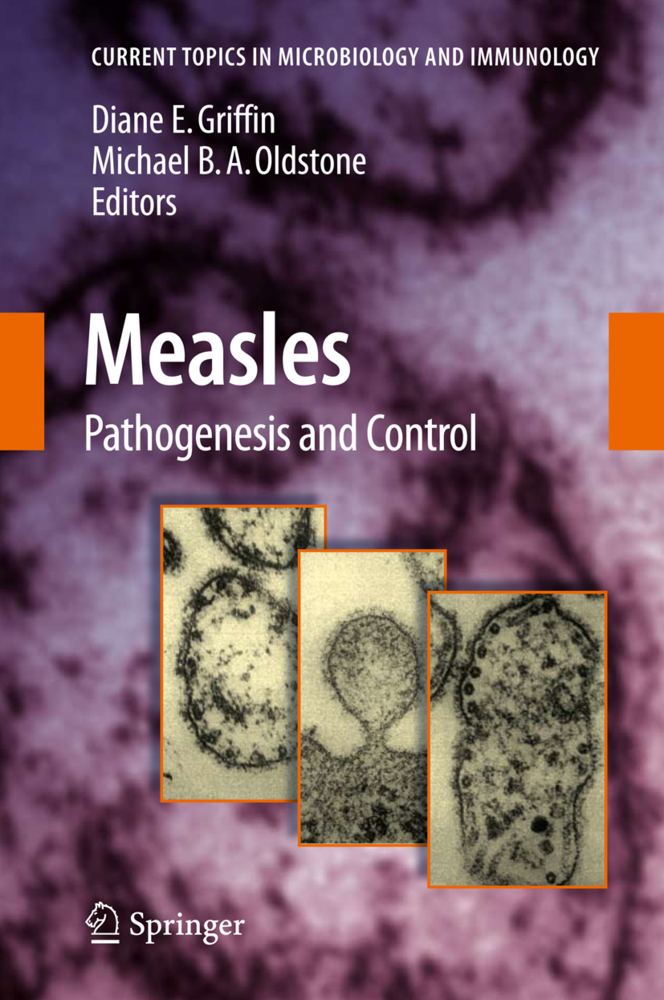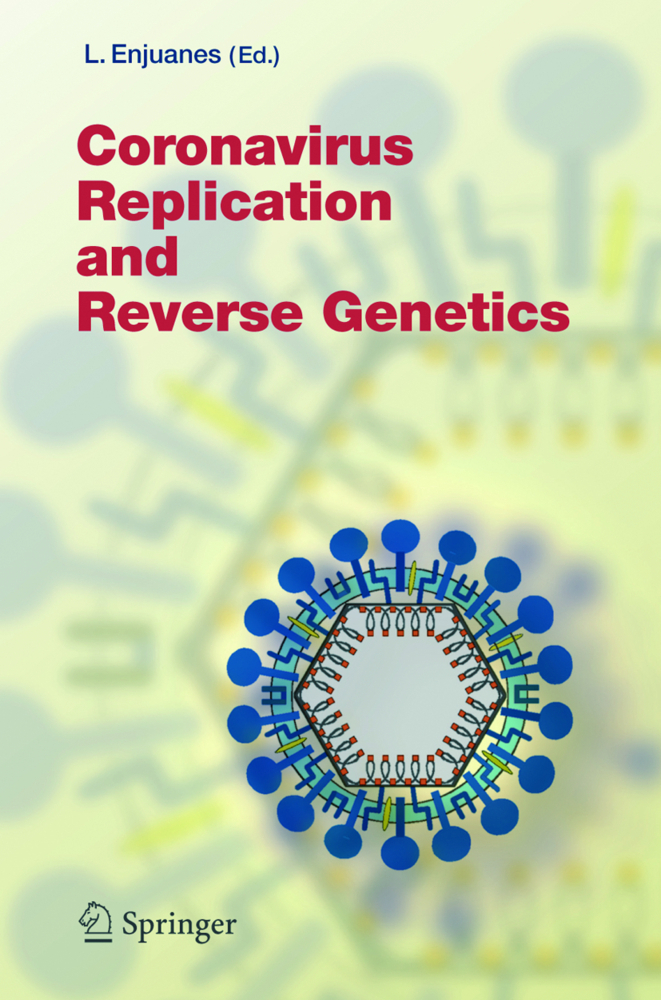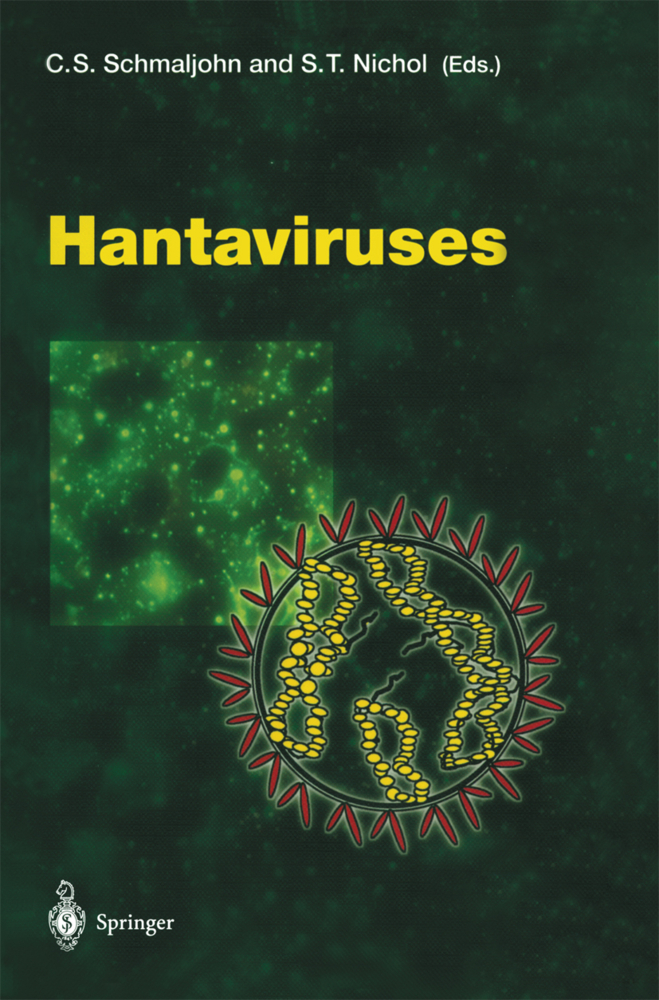Combating Fungal Infections
Problems and Remedy
Fungi are eukaryotic microorganisms that are closely related to humans at cellular level. Human fungal pathogens belong to various classes of fungi, mainly zygo- cetes, ascomycetes, basidiomycetes, and deuteromycetes. In recent years, fungal infections have dramatically increased as a result of improved diagnosis, high frequency of catheterization, instrumentation, etc. However, the main cause remains the increasing number of immunosuppressed patients, mostly because of HIV infection and indiscriminate usage of antineoplastic and immunosuppressive agents, broad-spectrum antibiotics and prosthetic devices, and grafts in clinical settings. Presently available means of combating fungal infections are still weak and clumsy compared to control of bacterial infection. The present scenario of antifungal therapy is still based on two classes of antifungal drugs (polyenes and azoles). These drugs are effective in many cases, but display toxicity and limited spectrum of ef?cacy. The recent trend towards emergence of drug-resistant isolates in the clinic is an additional problem. In recent years, a few new antifungal drugs have entered the clinics, but they are expected to undergo same fate as the older antifungal drugs. The application of fungal genomics offers an unparalleled opportunity to develop novel antifungal drugs. However, it is too early to expect any novel drugs, as the antifungal drug discovery program is in the stage of infancy. Interestingly, several novel antifungal drug targets have been identi?ed and validated.
Animal as Reservoir of Fungal Diseases (Zoonoses?)
Fungi Associated with Eye Infections with Special Reference to Corneal Keratitis and Their Possible Reservoir
Antifungal Drugs Mode of Action and Recent Development
Antifungal-Induced Nephrotoxicity in Pediatrics: A State of the Art
Antifungal Resistance: Cellular and Molecular Mechanisms
Multidrug Resistance in Fungi: The Role of Pleiotropic Drug Resistance Genes
Laboratory Diagnosis of Fungal Infections: An Overview
Combinational Antifungal Therapy and Recent Trends in Drug Discovery
Role of De-Escalation and Combination Therapy Strategies in the Management of Invasive Fungal Infection: A Multidisciplinary Point of View
Challenges to the Management of Pulmonary Mycoses in Allogeneic Hematopoietic Stem Cell Transplantation
Aspartic Peptidase Inhibitors as Potential Bioactive Pharmacological Compounds Against Human Fungal Pathogens
Metabolic Pathways as Drug Targets: Targeting the Sulphur Assimilatory Pathways of Yeast and Fungi for Novel Drug Discovery
Innate Immunity in Pathogenesis and Treatment of Dermatomycosis
Cytokine Therapy: Possible Tools in Management of Fungal Infection
Immunomodulators: Potential in Treatment of Systemic Fungal Infections
Fungal Vaccines: Recent Trends
Antifungal Activity of Medicinal Plant Extracts and Phytocompounds: A Review
Novel Drug Delivery Systems for Antifungal Compounds.
Mould Infections: A Global Threat to Immunocompromised Patients
Virulence and Pathogenicity of Fungal Pathogens with Special Reference to Candida albicansAnimal as Reservoir of Fungal Diseases (Zoonoses?)
Fungi Associated with Eye Infections with Special Reference to Corneal Keratitis and Their Possible Reservoir
Antifungal Drugs Mode of Action and Recent Development
Antifungal-Induced Nephrotoxicity in Pediatrics: A State of the Art
Antifungal Resistance: Cellular and Molecular Mechanisms
Multidrug Resistance in Fungi: The Role of Pleiotropic Drug Resistance Genes
Laboratory Diagnosis of Fungal Infections: An Overview
Combinational Antifungal Therapy and Recent Trends in Drug Discovery
Role of De-Escalation and Combination Therapy Strategies in the Management of Invasive Fungal Infection: A Multidisciplinary Point of View
Challenges to the Management of Pulmonary Mycoses in Allogeneic Hematopoietic Stem Cell Transplantation
Aspartic Peptidase Inhibitors as Potential Bioactive Pharmacological Compounds Against Human Fungal Pathogens
Metabolic Pathways as Drug Targets: Targeting the Sulphur Assimilatory Pathways of Yeast and Fungi for Novel Drug Discovery
Innate Immunity in Pathogenesis and Treatment of Dermatomycosis
Cytokine Therapy: Possible Tools in Management of Fungal Infection
Immunomodulators: Potential in Treatment of Systemic Fungal Infections
Fungal Vaccines: Recent Trends
Antifungal Activity of Medicinal Plant Extracts and Phytocompounds: A Review
Novel Drug Delivery Systems for Antifungal Compounds.
Ahmad, Iqbal
Owais, Mohammad
Shahid, Mohammed
Aqil, Farrukh
| ISBN | 978-3-642-12172-2 |
|---|---|
| Artikelnummer | 9783642121722 |
| Medientyp | Buch |
| Copyrightjahr | 2010 |
| Verlag | Springer, Berlin |
| Umfang | XX, 539 Seiten |
| Abbildungen | XX, 539 p. |
| Sprache | Englisch |

